Music Connexion – The Indian Armed Forces
‘Ai mere watan ke logon, zara aankh mein bhar lo paani’ – As this song plays anywhere! Anytime! our mind reels back to Lataji, Dharmendra and ‘Haqeekat’ and we name to the scores of the valiant men who laid down their lives during the 1962 Chinese aggression. But do we know that these men in the Olive Green who live their lives with guns and bullets from the icy heights of the Saichen glacier to the sandy tracks of the Rajasthan, have musicians on their rolls who are a part of either the Brass, Pipe or Jazz band which have a plethora of equipment ranging from trumpets, brass drums, precision instruments to the latest synthesizers, USB guitars, LED violin and electronic drum kits. The Officers and the soldiers are christened into the Armed Forces on the beats of music, whether it is the morning call – Reveille or the sunset call – Retreat. Even the death does not do them apart as they are laid to rest on the notes of the Last Post. The Parade ground (Drill Square) resonates with ‘Saare Jahaan Se Accha’ when they march in one last time during their training, and vibrates with Auld Lang Syne as they take their antim pag when they march out as soldiers and officers – both are musical encores unmatched by any musical symphony.
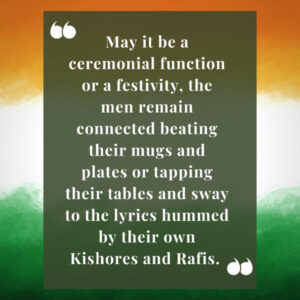 The smallest of the units of the Indian Army without emphasis on any geographical boundary are bonded by the music which is generally the outcrop of their local folklore/history, whether it is Bedu Pako Barah Masa of the Garhwalis, Bhala Sipaeeya Dogariya of the Dogras, Badluram ka Badan of the North East (Assam Regiment) or Suranganita malu genawa of the Thambis (South Indian troops). It is this love which spurts the adrenalin of the soldiers deployed along inhospitable terrain of our country. May it be a ceremonial function or a festivity, the men remain connected beating their mugs and plates or tapping their tables and sway to the lyrics hummed by their own Kishores and Rafis. No unit function is complete without the men gyrating on the notes of the yore and foot tapping ensemble of the present. The bonhomie without any cast or creed, seniority or rank, barriers of age is a unique manifestation of the Indian Armed Forces.
The smallest of the units of the Indian Army without emphasis on any geographical boundary are bonded by the music which is generally the outcrop of their local folklore/history, whether it is Bedu Pako Barah Masa of the Garhwalis, Bhala Sipaeeya Dogariya of the Dogras, Badluram ka Badan of the North East (Assam Regiment) or Suranganita malu genawa of the Thambis (South Indian troops). It is this love which spurts the adrenalin of the soldiers deployed along inhospitable terrain of our country. May it be a ceremonial function or a festivity, the men remain connected beating their mugs and plates or tapping their tables and sway to the lyrics hummed by their own Kishores and Rafis. No unit function is complete without the men gyrating on the notes of the yore and foot tapping ensemble of the present. The bonhomie without any cast or creed, seniority or rank, barriers of age is a unique manifestation of the Indian Armed Forces.
The Military Music Wing of the Army Education Corps is an educational institution that supports the Indian Army and all military bands and musicians in its ranks. Being part of the AEC, its facilities are located in Pachmarhi, Madhya Pradesh. After gaining independence in 1947, there became a need to establish an Indian institution of military music to give a new direction and dimension to the music of the Indian Armed Forces. There were thoughts of creating as school of music that was based on the Royal Military School of Music in the British Royal Corps of Army Music. The inspiration for this action came from the then Advisor of Military Music at the Army Headquarters in New Delhi. This project came into fruition on 23 October 1950 under the patronage and supervision of K. M. Cariappa, the-then first Indian C-in-C of the Army.
The Indian military bands consist of musicians from the Indian Army, Navy and Air Force. Indian military bands regularly participate in international festivals and take part in celebrations dedicated to various national events. These bands are permanent participants in the Delhi Republic Day parade on the Rajpath. Today, the Indian Armed Forces have more than 50 military brass bands and 400 pipe bands and corps of drums.
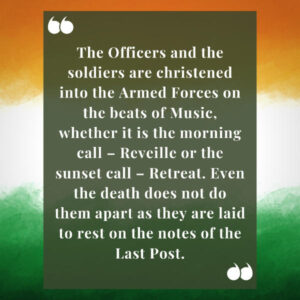 In the Indian Army, the following commands maintain their own inspectorates for music: Eastern Command, Central Command, Northern Command, South Western Command, Southern Command, and the Western Command. The military bands in the Indian Armed Forces consist of a mix of instruments from the woodwind family, brass family, and percussion family and sometimes are simply either brass bands or wind bands. The Indian military also has dedicated pipe band bands that serves as independent units and are maintained by all infantry regiments. Most senior military bands can be configured from a marching band to a concert band and can also form smaller ensembles to jazz ensembles, traditional music bands, brass quintets, woodwind and drumlines. A general military band consists of a band master and 33 musicians while a pipe band consists of a band master and 17 musicians. Bandsmen in the Indian Army are soldiers first, having the primary role in battle of medical assistants. With the advent of time many units of the Armed Forces have their own Jazz Band and Orchestra and at times all the variants are amalgamated to sound a soulful symphony which is treat to the ears.
In the Indian Army, the following commands maintain their own inspectorates for music: Eastern Command, Central Command, Northern Command, South Western Command, Southern Command, and the Western Command. The military bands in the Indian Armed Forces consist of a mix of instruments from the woodwind family, brass family, and percussion family and sometimes are simply either brass bands or wind bands. The Indian military also has dedicated pipe band bands that serves as independent units and are maintained by all infantry regiments. Most senior military bands can be configured from a marching band to a concert band and can also form smaller ensembles to jazz ensembles, traditional music bands, brass quintets, woodwind and drumlines. A general military band consists of a band master and 33 musicians while a pipe band consists of a band master and 17 musicians. Bandsmen in the Indian Army are soldiers first, having the primary role in battle of medical assistants. With the advent of time many units of the Armed Forces have their own Jazz Band and Orchestra and at times all the variants are amalgamated to sound a soulful symphony which is treat to the ears.
The bands predominantly play centrally at the following events:
Republic Day Parade
Indian military bands play an active role in the annual Delhi Republic Day parade on the Rajpath. It is the largest and central piece of attraction of the parades marking the Republic Day celebrations in India. The bands of nine to twelve different Army regiments, as well as bands from the Navy and the Air Force march in the parade.
Beating Retreat
The Beating Retreat is a massive gathering of Indian military bands held on Republic Day in the capital of New Delhi. It is organized by Section D of the Ministry of Defence. It is based on a 16th-century military ceremony in England that was first used to recall nearby patrolling units to their castle. The ceremony happens at Vijay Chowk, and involves Indian military bands as well as the bands of the paramilitary services and the Delhi Police Band. Brass bands, pipes bands, and buglers from various Army Regiments perform at the ceremony. National and religious pieces such as Abide with Me, Sare Jahan se Accha and sunset. The ceremony achieved a Guinness World Record mention for being the largest military band under one conductor, with its rendition of Amazing Grace including 4,459 musicians.
Independence Day
Military bands perform on Independence Day during the ceremony at the historical site of Red Fort in Delhi.
Changing of the Guard
A ceremonial changing of the guard is held at the President of India’s residence, the Rashtrapati Bhavan. It is held with the participation of supporting Indian military bands as well as President’s Body Guard and the Brigade of the Guards. As the sentries are nominated and inspected by their officers, the band plays ‘Sammaan Guard’ (The Honour Guard) as a slow march before following that up with a formal march into the forecourt of the palace with the band playing “Sher-E-Jawan” (Tiger of a soldier). Other notable protocol tunes played at the ceremony include “Robinson” and “Saare Jahaan Se Accha” (Better than any nation). Once they assume charge, the New Guard marches off along with the band playing “Amar Jawan” (Immortal Soldier).
Passing out parades
Bands commonly perform at passing out parades for military cadets, the traditions for these ceremonies are the same, Auld Lang Syne by Robert Burns often being played. At the Indian Military Academy , before the cadets begin the passing out parade ceremony, the band plays a melody (aarti), allowing the cadets to pray to their respective god.
To conclude, going by India’s vastness and diversity, Indian Music encompass numerous genres, multiple varieties and forms which include classical music, folk (Bollywood), rock, and pop. It has a history spanning several millennia and developed over several geo-locations spanning the sub-continent. Music in India began as an integral part of socio-religious life. The Indian Armed Forces is hence the link which is maintaining the glory of the past while playing the correct chords to keep the rich tradition alive.
– Major Muralidhar Kutty (Retd.)


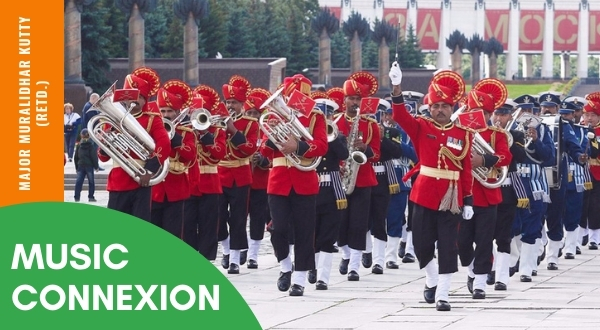
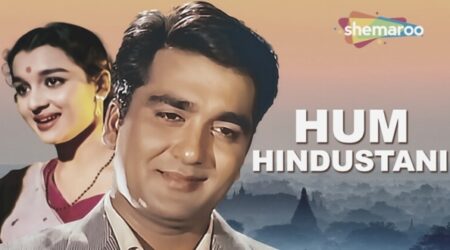
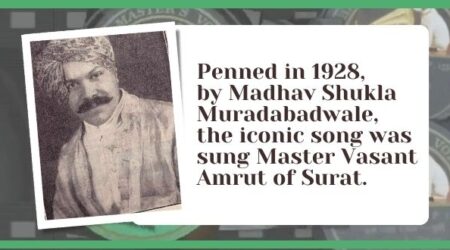
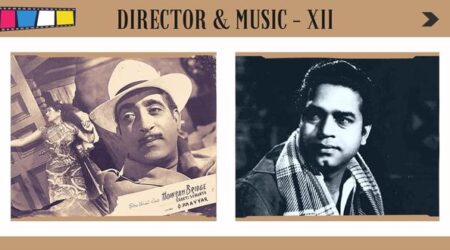

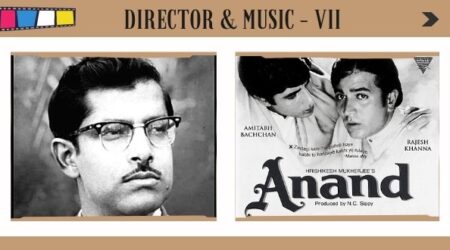


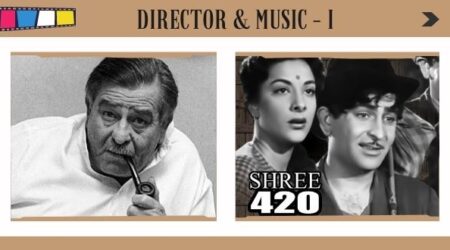
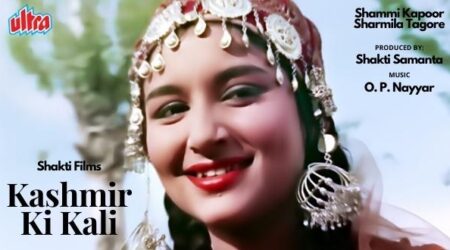
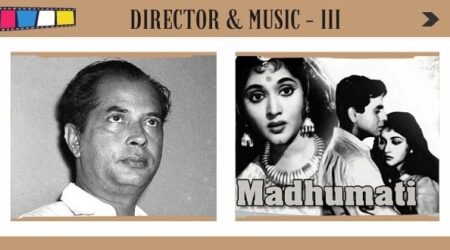

Leave a Reply